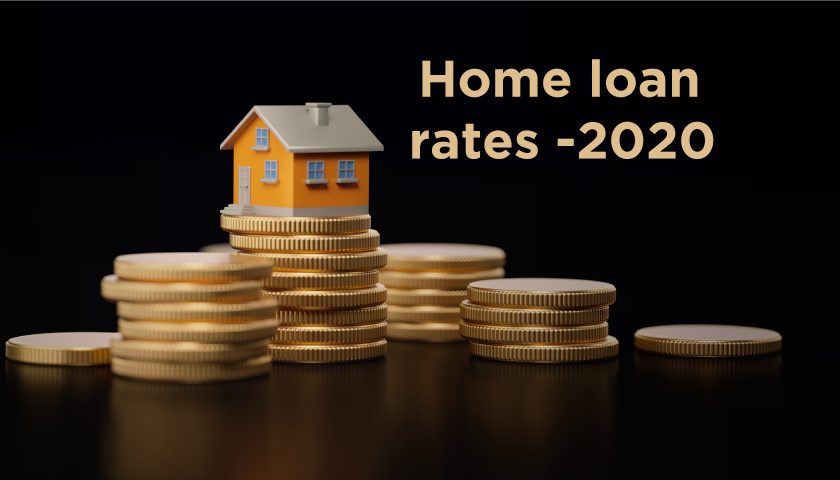Until October 1st, 2019, borrowers with floating-rate loans had to be braced at all times for interest rates that would constantly fluctuate as lenders increased or decreased them. The scenario changed on October 1st with the RBI’s directive to all financial institutions, including small finance banks, to link their retail loan interest rates to external benchmarks. Most institutions chose the RBI’s repo rate as their benchmark to offer Repo Rate Linked Lending Rates (RLLR).
The new decision brought cheer to borrowers as changes in the repo rate would now be passed on to them. Now, prospective homebuyers seeking home loans as well as existing borrowers could opt for floating loans linked to external benchmarks.
Here are the top 10 lowest interest rates on offer in the market currently.

But interest rates change periodically. How do you ensure that you get the best rate possible on your home loan to maximise your benefits?
Check the spread
A home loan being linked to the RRLR does not always guarantee the best rates for you. Compare a few home loan rates offered by banks and check the spread, which is the most important factor determining the interest. A spread is the bank’s margin over the repo rate, and it is wise to opt for a bank with the lowest spread. This ensures that your interest rate will be closely aligned with the repo rate.
Special rates for women
Banks give preference to women borrowers as they are perceived to be more reliable, and tend to get lower home loan interest rates. Women can also apply for home loans with lesser eligibility criteria and choose longer tenures for repayment. Stamp duty and various taxes are also lower for women. Post the launch of repo-linked home loans, SBI was the first to announce an additional concession of 5bps for women, which makes EMIs cheaper in the long run.
Understand the credit risk percentage mechanism
Understanding how each bank approaches their interest rate calculations allows you to have clarity on the one that’s best suited for you. While repo-linked loans lead to less stress for borrowers on floating rates, it also heightens caution in lending. Banks now charge a credit risk premium over and above the external benchmark rate for arriving at the final interest rate on home loans.
This move places greater emphasis on the borrower’s credit score throughout the tenure of the loan. Interest rates incorporated with risk premiums demand higher standards from the borrower by tying the interest rate to the credit score. For example, if the borrower’s credit score goes up a year after securing a loan, the risk premium charged on the interest goes down.






Very good and Excellent article.
A higher credit score will make it easy for you to get a loan. If your credit score isn’t good enough, then take steps to increase it before applying for a loan.
Financing for a home is not as easy as it seems but with this article on best loan for home, it is much easier to pick one.